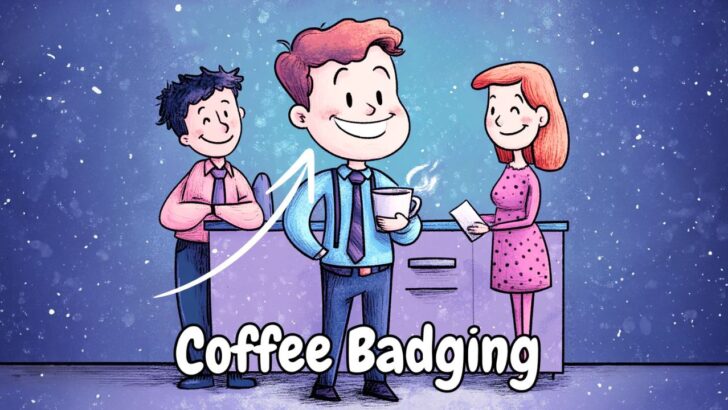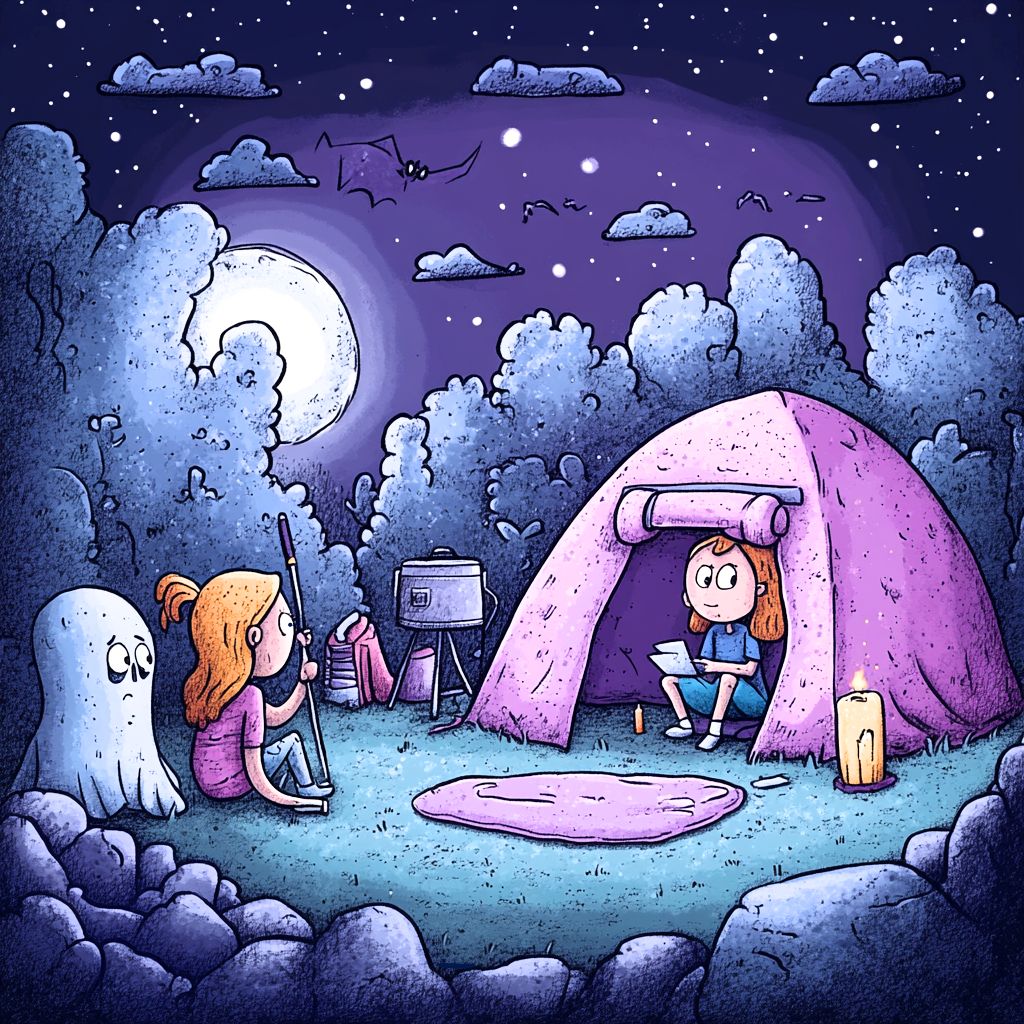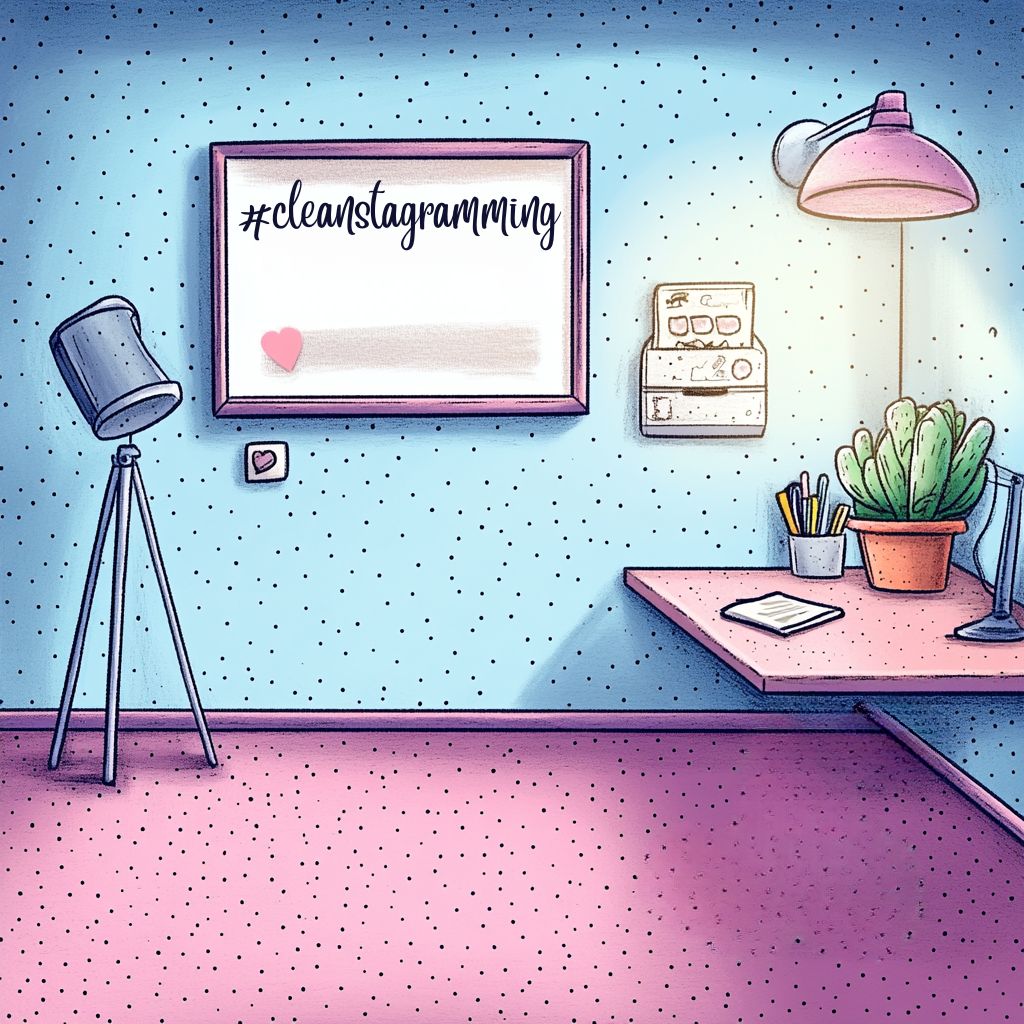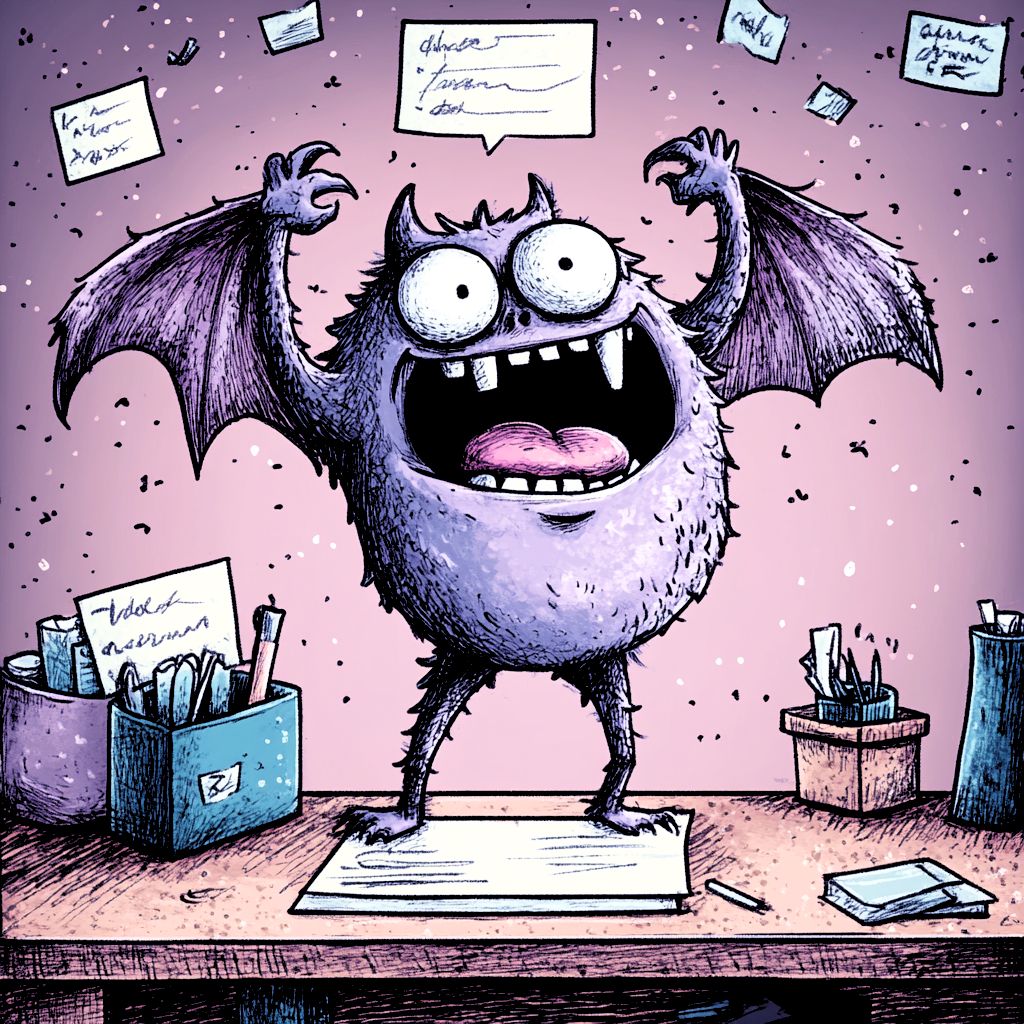There are a lot of changes in our ever-changing world. Everything changes constantly. Each year brings forth a plethora of new terms that mirror societal shifts, technological advancements, and cultural trends.
In the last couple of years, a fascinating array of words has entered our vernacular, reflecting the zeitgeist of the times. These terms offer a window into contemporary life, from innovative workplace behaviors to novel social phenomena. In this article, we will look closely at 27 of these new words, exploring their meanings and the contexts that brought them to prominence.
If you want to vote for these words (so they might get included in the dictionary), you can do that right here!
1. Airport Dad
The term Airport Dad has become a popular and lighthearted way to describe the person in a family or group who takes on the role of organizing every detail of a trip. This individual is known for their meticulous planning and often insists on arriving at the airport hours before the flight. The Airport Dad’s behavior is characterized by checking and re-checking boarding passes, ensuring everyone is packed, and generally being overly prepared for any travel hiccup. While the term originated on TikTok, it has since become a common way to describe anyone who takes charge of travel logistics with military precision.
2. Anti-fan
An Anti-fan is someone who dedicates their time to posting negative comments about a famous person on social media. Unlike traditional fans who express admiration and support, anti-fans unite over shared disdain for celebrities, influencers, or public figures. These individuals often gather in online communities where they criticize and mock their targets, focusing on aspects like appearance, lifestyle, or behavior. The rise of anti-fans highlights the darker side of celebrity culture in the digital age, where public figures are as likely to attract animosity as admiration.
3. Brokefishing
Brokefishing is a new twist on the concept of catfishing, where someone pretends to be someone they’re not online. In this case, brokefishing involves pretending to have less money than one actually has, with the intent of getting others to pay for things. This behavior has become more common in social situations, particularly due to rising living costs. Brokefishers might play up their financial struggles to elicit sympathy or generosity from friends or acquaintances, often leading to awkward or unfair situations.
4. Cheapflation
The term Cheapflation describes a situation where the price of a product stays the same or even increases, but the quality or quantity of its main ingredient diminishes. This can be seen across various industries, from food products to consumer goods, where manufacturers make subtle changes to maintain profit margins without directly raising prices. As consumers become more aware of these practices, cheapflation has become a point of contention, highlighting the challenges of navigating an economy where value for money is increasingly elusive.
5. Coffee Badging
In response to the growing trend of remote work, some employees have adopted the practice of Coffee Badging—going into the office just long enough to grab a coffee and briefly chat with colleagues before heading back home to work. This behavior is a way to satisfy employer demands for a physical presence in the office without fully committing to a long day at the desk. Coffee badging has become a clever workaround for those who prefer the flexibility of remote work while still fulfilling the minimum requirements of in-office attendance.
6. Decel
A Decel is someone who believes that technological progress, particularly in areas like artificial intelligence, is happening too quickly and could lead to serious societal problems. Decels advocate for a deliberate slowing down of innovation to allow time for ethical considerations, regulations, and societal adaptation. The term has gained traction in discussions about AI development, where concerns about the pace of change and its potential consequences are increasingly coming to the fore. Decels argue that a more cautious approach could prevent unforeseen negative outcomes.
7. Dirty Soda
Dirty Soda has become a viral sensation, particularly on social media platforms like TikTok. This sweet, fizzy drink is typically made by mixing soda with cream and various flavored syrups, creating a rich and indulgent beverage. The trend of dirty soda reflects the broader fascination with creative and customizable drinks, often shared online as part of a growing culture of DIY beverages. The appeal of dirty soda lies in its versatility and the ability to craft unique flavor combinations, making it a favorite among those looking to experiment with their refreshments.
8. Generation T
Generation T refers to a cohort of young people born in the early 2000s who are characterized by their passion for travel. Unlike previous generations, Generation T prioritizes experiences over material possessions, with a particular emphasis on exploring new places and cultures. This group is known for taking frequent trips, often choosing longer vacations over short breaks, and is set to be one of the most prolific traveler demographics in the coming years. The rise of Generation T highlights the growing trend of prioritizing adventure and exploration in the digital age.
9. Gentle Density
Gentle Density is an urban planning concept that focuses on increasing the population density of an area in a way that integrates smoothly with existing neighborhoods. Instead of building high-rise towers or large-scale developments, gentle density involves adding small apartment blocks or single-family homes that blend into the local environment. This approach aims to avoid the disruptive effects of rapid urbanization, maintaining the character of neighborhoods while providing much-needed housing. Gentle density is gaining popularity as cities look for sustainable ways to accommodate growing populations.
10. Ghamping
Ghamping—a portmanteau word of “ghost” and “camping”—is a new trend where people camp in places reputed to be haunted. For those seeking an adrenaline rush or an eerie experience, ghamping offers the thrill of spending the night in a location with a ghostly reputation. This trend has been popularized by sites like the Rhode Island house that inspired the horror film “The Conjuring,” where fans of the paranormal can set up camp in the hope of encountering something supernatural. Ghamping caters to the growing interest in unique and adventurous travel experiences.
11. Grey Belt
The Grey Belt refers to areas of land around cities characterized by unused buildings, car parks, and other neglected spaces that could be repurposed for development. Unlike the green belt, which is protected for its natural beauty, the grey belt represents underutilized urban areas that have the potential to address housing shortages or other urban needs. The concept of the grey belt is gaining attention as cities seek to balance development with the preservation of natural spaces, offering a new perspective on sustainable urban growth.
12. Hush Trip
A Hush Trip is a sneaky practice in which employees take a vacation while continuing to work remotely without informing their employer. This allows them to enjoy a change of scenery and perhaps some relaxation while maintaining the appearance of being on the job. Hush trips have become more common as remote work has normalized, with employees taking advantage of their flexibility to blend work and leisure in ways that might not have been possible before. However, the ethical implications of hush trips can be a topic of debate.
13. Hypertourism
Hypertourism describes the negative impact that occurs when a destination becomes overwhelmed by tourists, leading to overcrowding, environmental degradation, and disruption to local communities. As travel has become more accessible, many popular destinations have experienced hypertourism, where the sheer volume of visitors strains resources and diminishes the quality of life for residents. Addressing hypertourism has become a priority for many cities and countries, with efforts to promote sustainable tourism practices that balance economic benefits with the need to protect cultural and natural heritage.
14. Microfeminism
Microfeminism refers to the small, everyday actions that individuals, particularly women, take to challenge sexism and promote gender equality. These actions may seem minor, but collectively, they contribute to a broader movement toward social change. Microfeminism includes behaviors like being more assertive in communication, supporting female colleagues, or challenging gender stereotypes in daily interactions. The rise of microfeminism reflects a growing awareness that change often begins with the small, incremental steps that individuals take in their personal and professional lives.
15. Microgapping
Microgapping is an alternative to the traditional gap year, where instead of taking a long break to travel abroad, individuals take shorter, more frequent trips within their home country. This trend has grown in popularity as people seek to balance their desire for travel with the constraints of time and budget. Microgapping allows travelers to explore new places without the commitment of a lengthy trip, making it an appealing option for those who want to experience the benefits of travel while staying closer to home.
16. Method Dressing
Method Dressing is a trend where actors dress in the style of their on-screen characters when attending promotional events for their films. This approach blurs the line between performance and reality, with actors embodying their roles not just on set but also in their public appearances. Method dressing has become a popular marketing strategy, creating a more immersive experience for fans and adding a new dimension to film promotion. This trend highlights the evolving relationship between fashion, performance, and celebrity culture.
17. Movement Director
In fashion, a Movement Director plays a crucial role in creating the dynamic presentations seen on the catwalk. These professionals choreograph the movements of models, ensuring that the way they walk, pose, and interact with the garments enhances the overall impact of the show. Movement directors combine elements of dance, theater, and fashion to craft a visually engaging narrative that brings the designer’s vision to life. The role of the movement director has become increasingly important as fashion shows evolve into multimedia spectacles.
18. Mouse Jiggling
Mouse Jiggling is a tactic used by remote workers to create the illusion of activity on their computer, even when they are not actually working. By using a gadget or software that moves the mouse periodically, employees can keep their status as “active” on company systems, avoiding suspicion from employers. Mouse jiggling reflects the ongoing challenges of monitoring productivity in remote work environments, where traditional metrics of engagement may not always be applicable.
19. Pebbling
Pebbling is a sweet and thoughtful way of expressing affection by giving small gifts or sending memes, photos, or videos on social media. The term is inspired by the behavior of certain animals, like penguins, who present pebbles to their mates as a sign of love. In human relationships, pebbling has become a way to show someone you care through little gestures that brighten their day. This trend emphasizes the importance of small acts of kindness in maintaining strong connections.
20. Slop
The internet is increasingly cluttered with Slop—low-quality, AI-generated content that offers little value to users. Unlike interactive chatbots or personalized recommendations, slop is often produced in bulk and lacks the nuance needed to engage readers effectively. This type of content can be frustrating for users looking for meaningful information or entertainment but are instead bombarded with poorly crafted material. The proliferation of slop highlights the challenges of maintaining quality in a digital landscape dominated by automated content creation.
21. Snail Girl
The Snail Girl lifestyle is a counter-movement to the hustle culture that has dominated modern work life. Snail girls prioritize happiness, relaxation, and a balanced approach to life over the pressures of constant productivity and ambition. This trend encourages individuals, particularly women, to slow down, take breaks, and focus on what truly brings them joy. The snail girl philosophy resonates with those seeking to escape the burnout and stress of overwork, advocating for a more mindful and deliberate way of living.
22. Street Scar
A Street Scar refers to the unsightly patches of asphalt used to repair roads and pavements, often in a color or material that doesn’t match the surrounding surface. These mismatched repairs can disrupt the aesthetic continuity of urban spaces, leading to a sense of visual clutter. The term street scar reflects growing concerns about the quality and consistency of public infrastructure, particularly in areas where frequent repairs are needed. Addressing street scars has become part of broader efforts to improve urban design and maintain the visual integrity of cities.
23. Swiftonomics
Swiftonomics is a term used to describe the economic impact that pop star Taylor Swift has on cities and countries where she performs or holds events. The phenomenon highlights the significant boost to local economies generated by her tours, as fans flock to venues, boosting spending on hotels, restaurants, and other local businesses. Swiftonomics underscores the power of celebrity influence in the modern economy, where a single individual can drive substantial financial activity across multiple sectors.
24. Tip Creep
Tip Creep refers to the gradual spread of tipping into more and more service areas, often where tipping was not previously expected. This phenomenon has become more pronounced in recent years, with consumers increasingly encountering prompts to tip in situations where it might not have been customary, such as at self-checkouts. Tip creep reflects broader changes in consumer expectations and the evolving landscape of service industries, where the boundaries of tipping culture are continually being redefined.
25. Trendbait
The term Trendbait describes the practice of creating new words, phrases, or concepts with the specific intent of going viral on social media. Trendbait is a strategic move aimed at capturing attention and sparking online discussions, often leveraging the fear of missing out (FOMO) to generate engagement. This tactic is particularly popular among brands and influencers looking to connect with niche communities or boost their visibility. Trendbait highlights the increasingly performative nature of online culture, where novelty and attention-grabbing tactics are key to success.
26. Vampire Task
Vampire Tasks are routine administrative duties that suck the energy and time out of employees, often leaving them feeling drained and unproductive. These tasks, while necessary, can dominate the workday, preventing individuals from focusing on more meaningful or impactful work. The term vampire task captures the sense of frustration and exhaustion that comes with managing these duties, particularly in environments where they are poorly managed or disproportionately distributed.
27. Warmdrobe
A Warmdrobe is a collection of clothing specifically curated for cold weather, emphasizing the importance of layers and warmth. The concept of a warmdrobe reflects the growing trend of methodical wardrobe planning, where individuals select versatile, high-quality pieces that can be mixed and matched to create outfits that are both stylish and practical in winter conditions. Building a warmdrobe has become an essential part of cold-weather dressing, helping people navigate the challenges of staying warm without sacrificing style.

Hey fellow Linguaholics! It’s me, Marcel. I am the proud owner of linguaholic.com. Languages have always been my passion and I have studied Linguistics, Computational Linguistics and Sinology at the University of Zurich. It is my utmost pleasure to share with all of you guys what I know about languages and linguistics in general.













